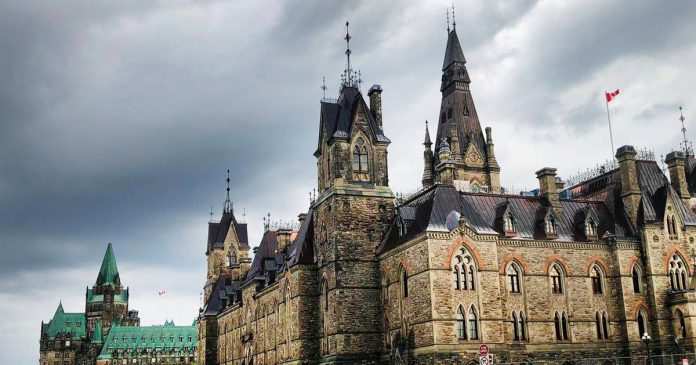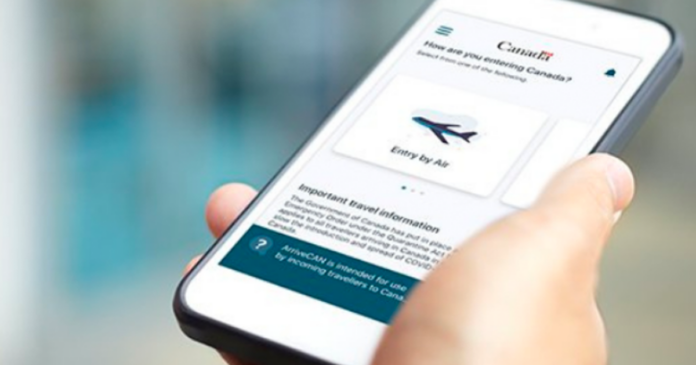Some Canadians are turning to thrifting this Christmas season in order to buy second-hand Christmas gifts for loved ones, the online social e-commerce platform Poshmark reports.
The company’s 2022 Canada Holiday Trend Report found that 38% of Canadian shoppers indicated that they “intend to purchase a gift second hand” this year.
Others are on the hunt to buy goods for the lowest prices possible. A total of 69% of people told the retailer that they were seeking deals on holiday gifts.
“Shoppers are poised to make more budget-friendly buying choices this holiday season, with an eye toward the best deals and the lowest prices driven by ongoing concerns about the economy and rising costs,” writes Poshmark.
Poshmark’s findings corroborate an earlier survey this fall by the e-commerce company Rakuten.
When polling Canadian consumers the company discovered that 38% of people polled said they would consider purchasing a second hand gift while 44% indicated they would be giving out homemade gifts.
Canadians also reported economic concerns being at the top of mind this holiday season. A vast majority (82%) said economic concerns had an effect on their Christmas shopping.
Inflation came out on top with 61% citing stresses about pricing while 53% blamed the high cost of groceries and 32% cited the cost of gasoline.
“To navigate financial strains like inflation, Canadians are becoming more mindful when shopping – especially during the holiday season,” said Rakuten vice president of marketing Claire Sweeney.
“We’re also seeing retailers adapt to changing pressures and expect retailers to be more strategic with discounting. As shoppers become more intentional with purchases, it’s not surprising to see that Canadian’s are leaning into sales and loyalty programs.”
Before the House of Commons went on its winter recess last week, the Conservatives blasted Prime Minister Justin Trudeau and NDP leader Jagmeet Singh for overseeing Canada’s economic downturn.
“No matter which leader the costly coalition chooses to sit in that chair—or at the cottage—the results will be the same: billions of dollars in inflationary spending on the backs of Canadians, who have never had to pay so much for their Christmas dinner, the worst inflation in 40 years, and food banks that cannot keep up with demand,” said Conservative MP Luc Berthold.



























